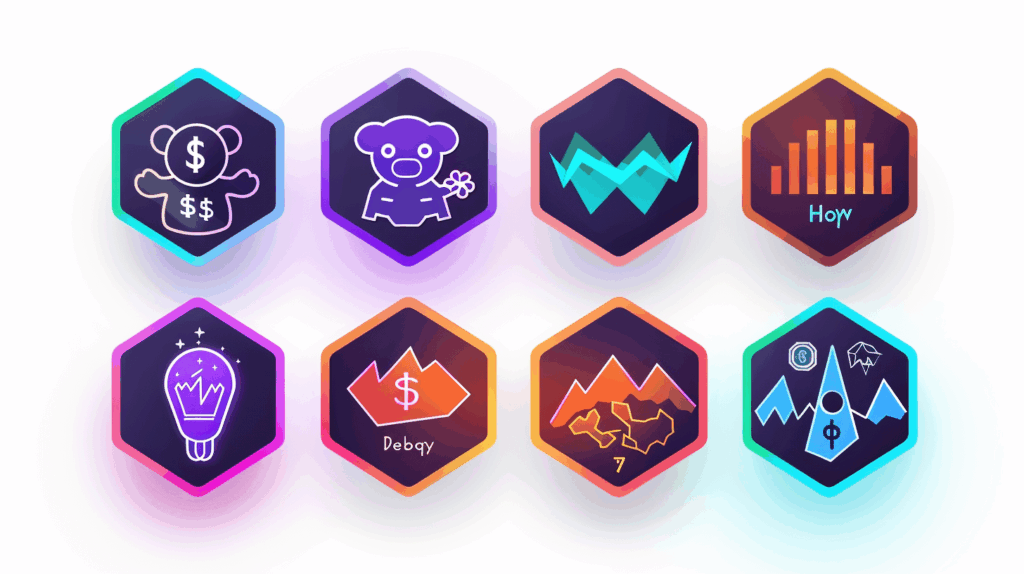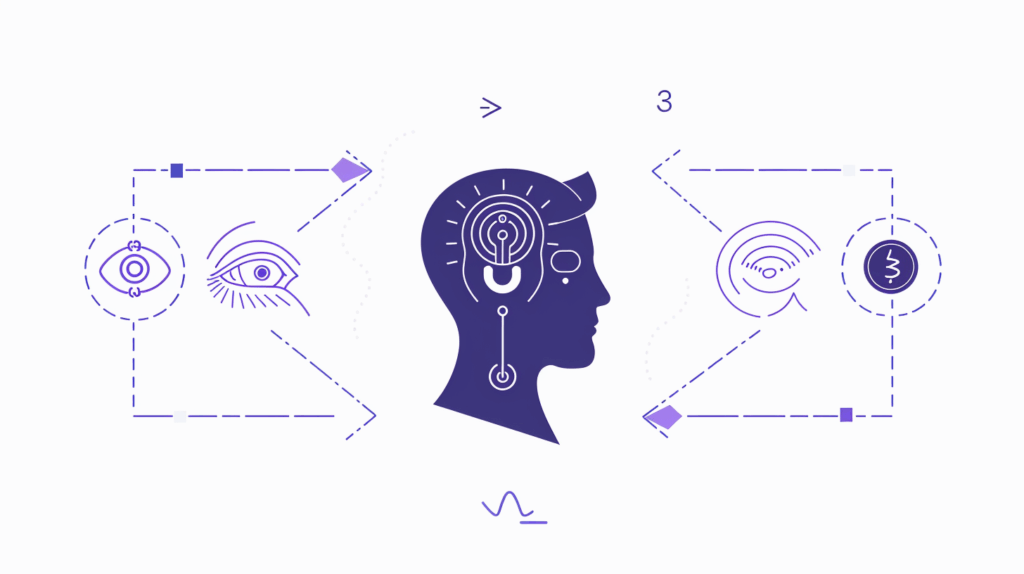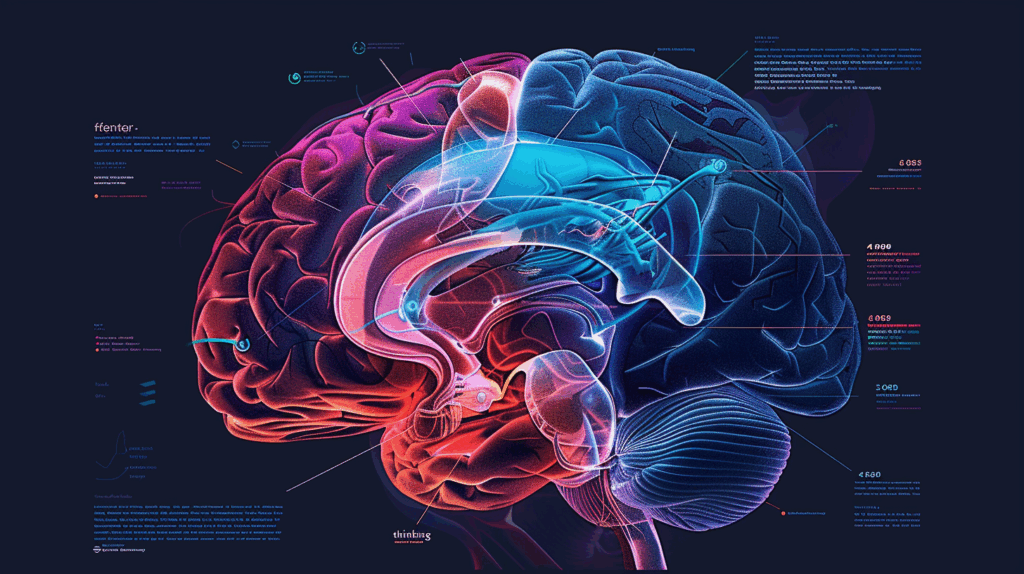Trading Psychology: Master Your Emotions and Stop Losing Money
Master trading psychology with expert techniques. Learn how emotions destroy 80% of traders and science-based methods to control fear and greed.
Understanding trading psychology is the difference between joining the 20% of successful traders or the 80% who lose money. Moreover, emotional control separates profitable traders from those who quit within two years, making psychological mastery the most critical skill for market success.
Trading Psychology Introduction: Why 80% of Traders Lose Money
Mastering trading psychology separates successful traders from the 80% who quit within two years. According to decades of industry research, up to 80% of traders quit the market within their first two years. Moreover, understanding trading psychology becomes the key differentiator between success and failure. As Dr. Brett Steenbarger, clinical psychologist and bestselling author of “Trading Psychology 2.0,” notes:
“The primary reason traders fail isn’t lack of technical knowledge—it’s the inability to manage their own psychology. Furthermore, emotions can turn a profitable strategy into a losing one in minutes.”
Mark Douglas, legendary author of “Trading in the Zone,” spent over 20 years studying trading psychology. His conclusion is clear: “Your success in the market is 80% psychology and only 20% strategy.”
In this guide, we’ve combined insights from the world’s leading trading psychology experts to help you master your emotions.
The Trader’s Emotional Cycle: Trading Psychology From Euphoria to Despair

Dr. Van K. Tharp, founder of the Van Tharp Institute and author of “Trade Your Way to Financial Freedom,” outlines the classic emotional cycle every trader experiences:
Phase 1: Optimism and Excitement in Trading Psychology
“Beginners enter the market with unrealistic expectations. Additionally, they’ve seen success stories but don’t understand the failure statistics” – Dr. Tharp.
Phase 2: Euphoria
After a few winning trades, traders feel invincible. Denise Shull, neuropsychologist and author of “Market Mind Games,” explains: “Euphoria activates the same brain centers as cocaine. Indeed, it’s literally a narcotic high from success.”
Phase 3: Anxiety
First losses trigger cognitive dissonance. Consequently, the brain refuses to accept the new reality.
Phase 4: Denial
“Traders start blaming the market, their broker, manipulators—anyone but themselves” – notes Dr. Ari Kiev, psychiatrist who worked with leading hedge funds.
Phase 5: Fear and Panic
Losses grow exponentially. Subsequently, traders close positions at the worst possible moment.
Phase 6: Despair and Capitulation
“This is the point of maximum financial opportunity but minimum psychological readiness” – Mark Douglas.
Phase 7: Depression
Unfortunately, traders leave the market, often permanently.
Phase 8: Hope and Recovery
Only 20% reach this stage of genuine learning.
The 7 Deadly Trading Psychology Emotions (According to Expert Research)

1. Fear in Trading Psychology
Dr. Steenbarger’s research shows that fear activates the amygdala, blocking rational thinking in the prefrontal cortex.
How it manifests:
- Analysis paralysis
- Furthermore, premature profit-taking
- Additionally, trade avoidance after losses
Scientific solution: Dr. Steenbarger recommends “cognitive restructuring”:
- Initially, write down the specific fear
- Subsequently, assess actual probability
- Additionally, develop an action plan
- Finally, practice success visualization
2. Greed
Dr. Andrew Lo from MIT proved in his study “The Psychophysiology of Real-Time Financial Risk Processing” that greed triggers dopamine release, impairing risk assessment.
Scientific facts:
- Greed reduces activity in the brain’s insula (responsible for risk evaluation)
- Moreover, after 3+ consecutive wins, error probability increases by 67%
Van Tharp’s control strategy:
- The “R-multiple” rule: Never risk more than 1R for less than 3R profit
- Additionally, mandatory 25% profit withdrawal monthly
3. Hope
“Hope is not a strategy—it’s a path to bankruptcy” – Linda Bradford Raschke, legendary trader and co-author of “Street Smarts.”
Market Technicians Association study (2019):
- 73% of catastrophic losses began with “I’ll wait for breakeven”
- Furthermore, average loss from “hope”: 5.2x the planned stop-loss
Expert solution:
- Automated stop orders (not mental ones!)
- Additionally, Mark Douglas’s rule: “If I didn’t have this position, would I enter now?”
4. FOMO (Fear of Missing Out)
Dr. Richard Peterson, author of “Inside the Investor’s Brain,” conducted MRI studies of traders’ brains:
- FOMO activates the same brain regions as physical pain
- Moreover, 89% of FOMO trades end in losses
Steenbarger’s “STOP-FOMO” technique:
- Stop and take 10 deep breaths
- Target what you’re actually missing
- Observe: Is this your setup or someone else’s?
- Pivot back to your plan
5. Revenge Trading
Statistics from prop trading firms:
- After a >2% loss, probability of next loss rises to 78%
- Furthermore, average revenge trade is 2.5x normal position size
- Additionally, 95% of revenge trades end in losses
Dr. Kiev’s recovery protocol:
- Initially, physical activity minimum 20 minutes
- Subsequently, cold shower (cortisol reset)
- Additionally, meditation or breathing exercises
- Finally, analysis only after 24 hours
6. Euphoria and Overconfidence
“The market is the great humbler of the proud. It’s specifically designed to take money from the overconfident” – Ed Seykota, legendary trader.
Journal of Behavioral Finance study (2020):
- After 5 consecutive wins, average position size increases by 65%
- Consequently, account “blow-up” probability quadruples
Van Tharp’s antidote:
- Keep a “Humility Journal”—record all stupid mistakes
- Moreover, after each winning streak—reduce position size by 50%
7. Despair and Apathy
Dr. Adrienne Toghraie, NLP specialist for traders: “Despair isn’t the end of the journey—it’s the beginning of real learning. However, only if you’re willing to work with it.”
Recovery program:
- First, complete trading break for 2 weeks
- Subsequently, work with psychologist or coach
- Additionally, review all trades from past 3 months
- Finally, demo trade minimum one month
Science-Based Trading Psychology Emotion Control Techniques
1. Dr. Steenbarger’s Neurobiological Approach

The “3-3-3 Rule” for instant stress reduction:
- Name 3 things you see
- Furthermore, name 3 sounds you hear
- Additionally, move 3 parts of your body
This switches the brain from “fight or flight” to mindfulness mode.
2. Denise Shull’s “Emotional Thermometer” Technique
Before each trade, rate yourself 1-10:
- 1-3: Depression/fear – DON’T TRADE
- 4-6: Calm/focused – OPTIMAL
- 7-10: Excitement/euphoria – DANGEROUS
“The best trades happen in a state of ‘calm confidence’—around 5-6” – Shull.
3. Mark Douglas’s Decision Protocol
“Five Principles of Probability Thinking”:
- Anything can happen
- Furthermore, you don’t need to know what will happen to make money
- Additionally, there’s a random distribution of wins and losses
- Moreover, edge manifests over a series of trades
- Finally, every moment in the market is unique
4. Dr. Jon Kabat-Zinn’s Mindfulness Meditation
Specially adapted for traders:
- Body scan (2 minutes): From crown to toes
- Mindful breathing (3 minutes): 4 counts in, 6 counts out
- Thought observation (5 minutes): Like clouds in the sky
- Intention setting (1 minute): “I trade with discipline”
UCLA study (2021): 8 weeks of meditation increases prefrontal cortex thickness by 5%, improving self-control.
Building the “Trader’s Brain”: Trading Psychology Neuroplasticity in Action

Research by Dr. Richard Davidson (University of Wisconsin)
“The trader’s brain can be rewired. Furthermore, it takes 66 days to form a new neural pathway.”
21-Day Rewiring Protocol:
Days 1-7: Awareness
- Emotion journal every 2 hours
- Furthermore, 10-minute morning meditation
Days 8-14: New Patterns
- Demo practice with new rules
- In addition, successful trading visualization
Days 15-21: Consolidation
- Micro-positions on real account
- Moreover, celebrate rule-following (not profits!)
The 10 Commandments of Trading Psychology Emotional Discipline from World Experts
- “The 1% Rule” (Van Tharp): Risk per trade = 1% of capital. No exceptions.
- “The 6-Trade Rule” (Linda Raschke): After 6 trades—break for at least an hour.
- “The Cold Shower Rule” (Ari Kiev): Loss >2% = cold shower and walk.
- “The Two-Screen Rule” (Brett Steenbarger): Plan on one, execute on another.
- “The Silence Rule” (Mark Douglas): Trade in complete silence, no news.
- “The Journal Rule” (Denise Shull): Every emotion recorded BEFORE the trade.
- “The Mentor Rule” (Ed Seykota): Weekly review with experienced trader.
- “The Fitness Rule” (Paul Tudor Jones): Physical exercise every trading day.
- “The Gratitude Rule” (Jack Schwager): Gratitude for losses—they teach.
- “The Exit Rule” (Jesse Livermore): Exit plan matters more than entry plan.
When to Seek Professional Trading Psychology Help
Red Flags (per Trading Psychology Institute data)
Get help immediately if you:
- Trade with borrowed money
- Furthermore, hide losses from family
- Additionally, experience physical symptoms (insomnia, tremors)
- Moreover, have suicidal thoughts after losses
- Finally, can’t stop (“just one more trade”)
Help Resources:
- International Association of Trading Psychologists
- Furthermore, “Traders Anonymous” program (based on AA model)
- Additionally, ICF-certified coaches
Scientific Research: What the Trading Psychology Data Says

MIT Sloan School of Management Study (2023)
- 92% of losses linked to emotional decisions
- Furthermore, traders with meditation practice show 23% better results
- Additionally, emotion journaling improves results by 19%
Prop Trading Firm Data (2022-2024)
- Psychologically trained traders stay in the industry 3x longer
- Moreover, ROI increases 34% after psychological training
- Additionally, 87% of successful traders have a mentor or psychologist
Conclusion: Your Path to Trading Psychology Emotional Mastery
As Dr. Brett Steenbarger says: “You can’t control the market, but you can control yourself. Furthermore, that’s the only edge you need.”
Your action plan:
- Initially, choose one technique from this article
- Subsequently, practice for 21 consecutive days
- Additionally, journal your changes
- Finally, add new techniques gradually
Remember Mark Douglas’s words: “Consistency matters more than intelligence. Moreover, discipline matters more than knowledge. Furthermore, process matters more than results.”
Join the Community of Emotionally Stable Traders
At Catchline.io, we’ve integrated recommendations from leading trading psychology experts into our tools:
- AI Psychologist: Analyzes your behavioral patterns
- Emotion Tracker: Warns of dangerous states
- Automatic Limits: Based on Dr. Tharp’s research
- Support Community: Moderated by professional psychologists
Over 1 million traders have already learned to control their emotions with Catchline.io—join us!
Expert-Recommended Trading Psychology Reading List:
- “Trading Psychology 2.0” – Brett Steenbarger
- “Trading in the Zone” – Mark Douglas
- “Trade Your Way to Financial Freedom” – Van K. Tharp
- “Market Mind Games” – Denise Shull
- “The Daily Trading Coach” – Brett Steenbarger
- “The Disciplined Trader” – Mark Douglas
- “Trading to Win” – Ari Kiev
- “Street Smarts” – Linda Raschke & Laurence Connors
Remember: The path to profitable trading lies through self-discovery. Therefore, start that journey today.
👉 Start now at Catchline.io





